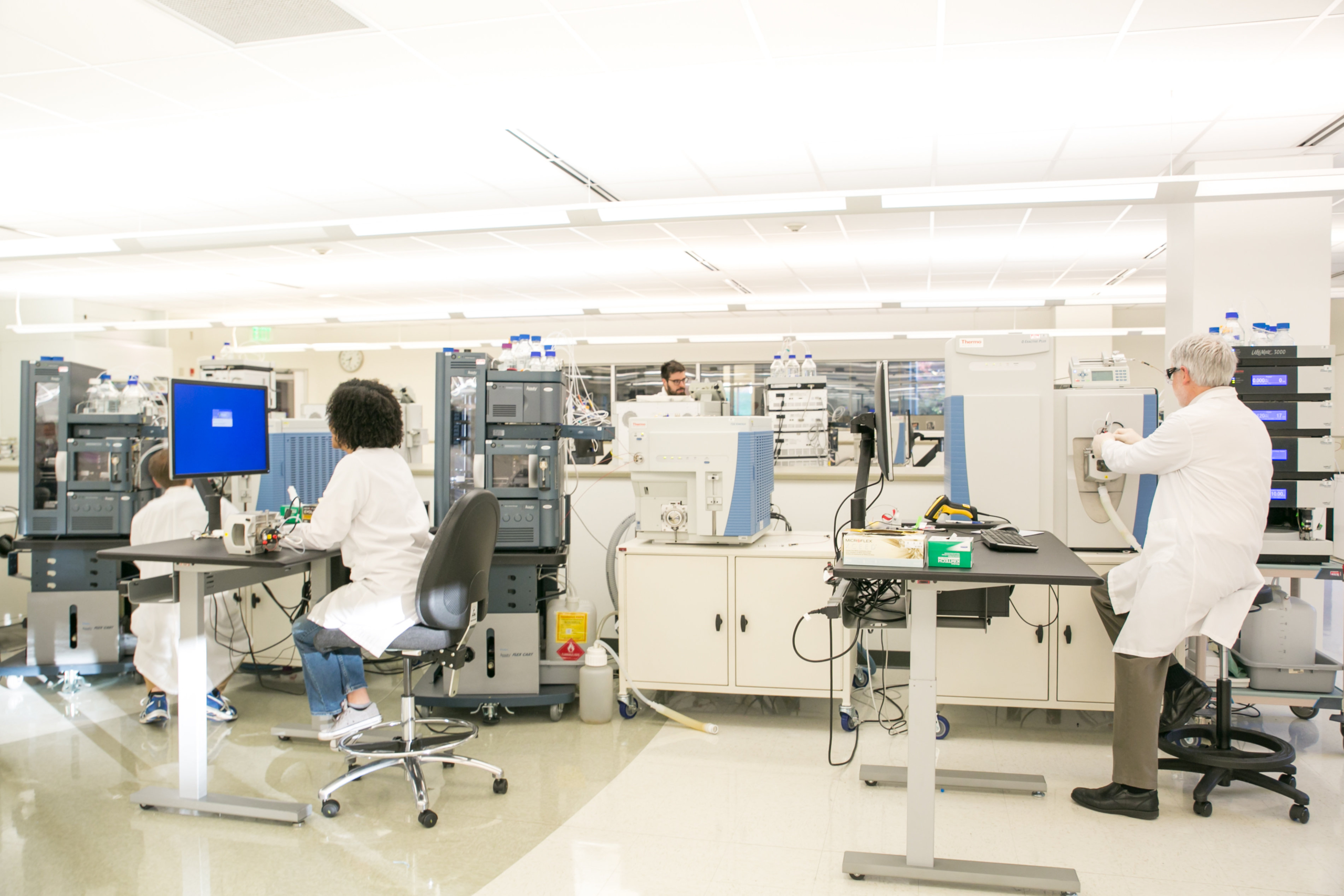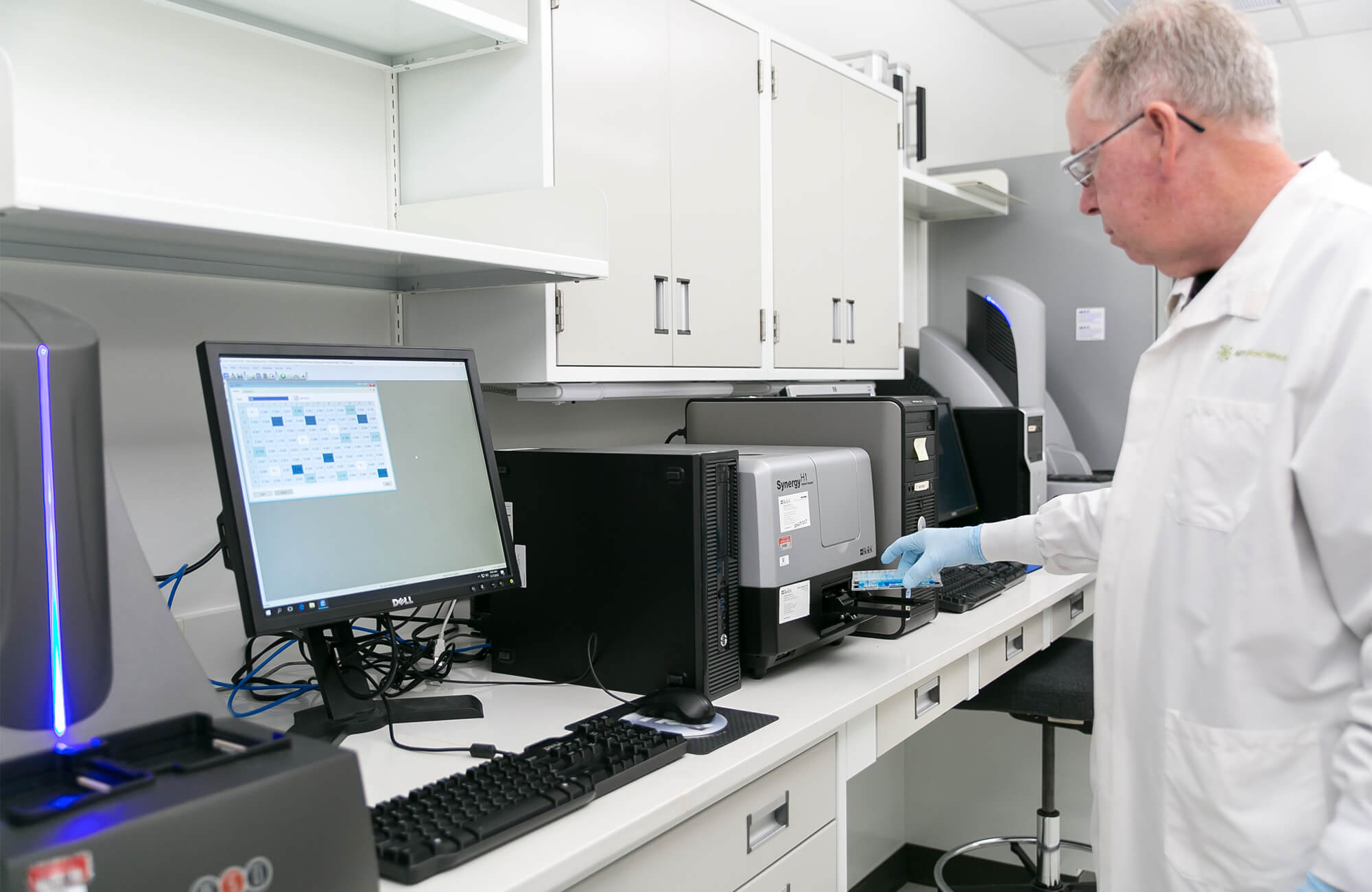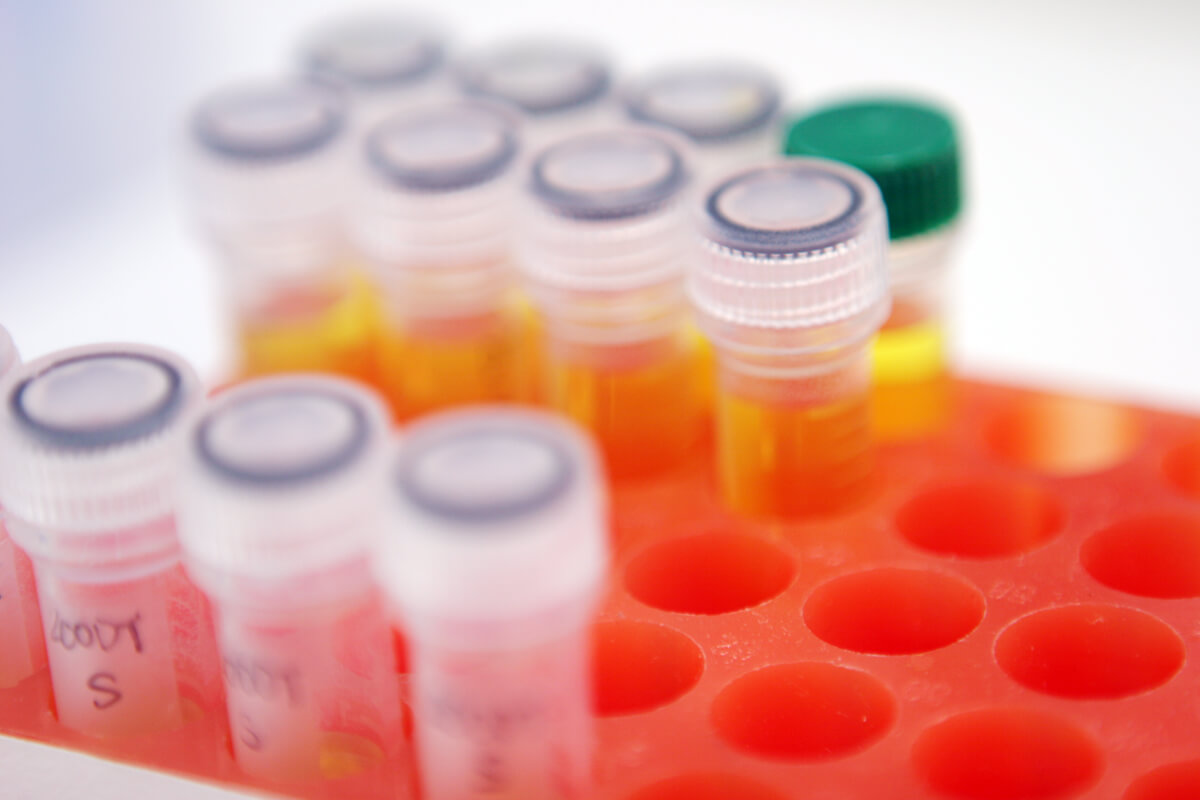Pharmacokinetics and Immunogenicity Assay Solutions
Pharmacokinetics (PK)
LC-MS
Our experienced scientists focus on developing and validating robust bioanalytical assays to analyze your drug and metabolite concentrations in plasma, serum, urine, and/or tissues with confidence. You can trust that our methods will deliver your data as promised, whether you use our tailor made strategy to make internal decisions or run regulated assays to support your investigational new drug (IND) clinical trial application (CTA), or New Drug Application (NDA) submissions.

Immunogenicity
We also understand the importance of assessing your drug for immunogenicity, whether a therapeutic is endogenous or exogenous.
Anti-drug antibody (ADA) assays detect ADA binding to therapeutic protein products. A variety of factors can trigger ADAs: the drug product itself (molecular structure and post-translational modification, aggregates, formulation, impurities, etc.), the host (immune status, genetics), and the study design (route of drug administration, dosing, etc.). The consequences of ADA formation range from non-impactful to life-threatening. Further evaluation of neutralizing antibody (nAb) formation can help clarify the type and magnitude of the impact.
Our team develops and validates different assay formats (direct, indirect, bridging, etc.) based on your needs and on the characteristics of your drug product. We employ a tiered approach to ADA testing, with potentially positive samples detected during screening tier, and then evaluated further in confirmatory and titration tiers. Additional characterization, such as isotyping and neutralization testing, is then performed as required.

ADA Assays Tiered Evaluation
Screening
High-sensitivity testing aims to detect low- and high-affinity antibodies with a statistical false-positive rate of approximately 5% to maximize detection of true positives.
Confirmatory
ADAs detected in the screening step are tested against the therapeutic protein product using a high-specificity competition method to reduce the false positives.
Titration
The magnitude of ADA response is determined to better understand the impact on the pharmacokinetics, pharmacodynamics, safety, and efficacy of the administered drug.
Neutralizing antibody assays
ADA positive samples are tested by either by a ligand binding or a cell-based assay to understand whether ADA impact on the drug profile is the result of neutralizing activity or merely ADA incidence or persistence.
ADA-isotyping assays, core platforms
Characterization of the ADAs by defining the immunoglobulin classes and sub-classes is important to evaluate and prevent life-threatening adverse events.
More About Neutralizing Antibody Assays
Neutralizing antibody assays may be required in clinical trials if patients produce anti-drug antibodies. It’s important to determine not only whether the patient is producing antibodies against the drug but also whether those antibodies are reducing the drug’s efficacy through altered pharmacokinetics. An nAb assay can be developed and validated to test this.

Ligand binding nAb assays
Mesoscale discovery (MSD) or ELISA-based assays may be used to detect nAb if the drug’s biological activity is limited to ligand/receptor or protein-protein binding. Some of the benefits of using MSD are small sample-size requirements providing decreased matrix effects with greater sensitivity and dynamic range.
Cell-based nAb assays
With a solid understanding of an investigational drug’s target and mechanism of action, the Nexelis, a Q² Solutions Company, team designs in vitro, cell-based assays to detect neutralizing antibodies. These potency bioassays are often similar to assays that determine the drug’s biological activity, but they must be optimized to minimize the potential neutralizing effects of other molecules in the serum or plasma matrix.
